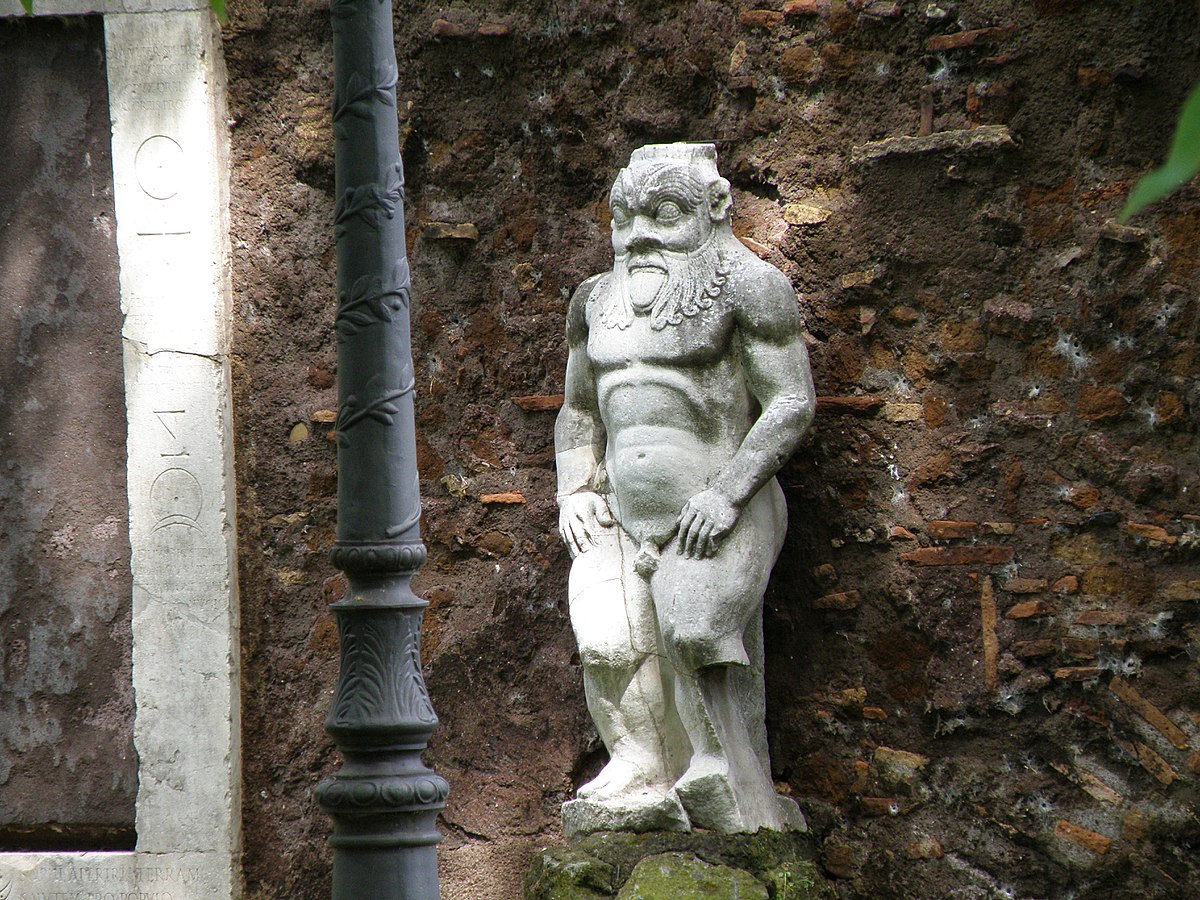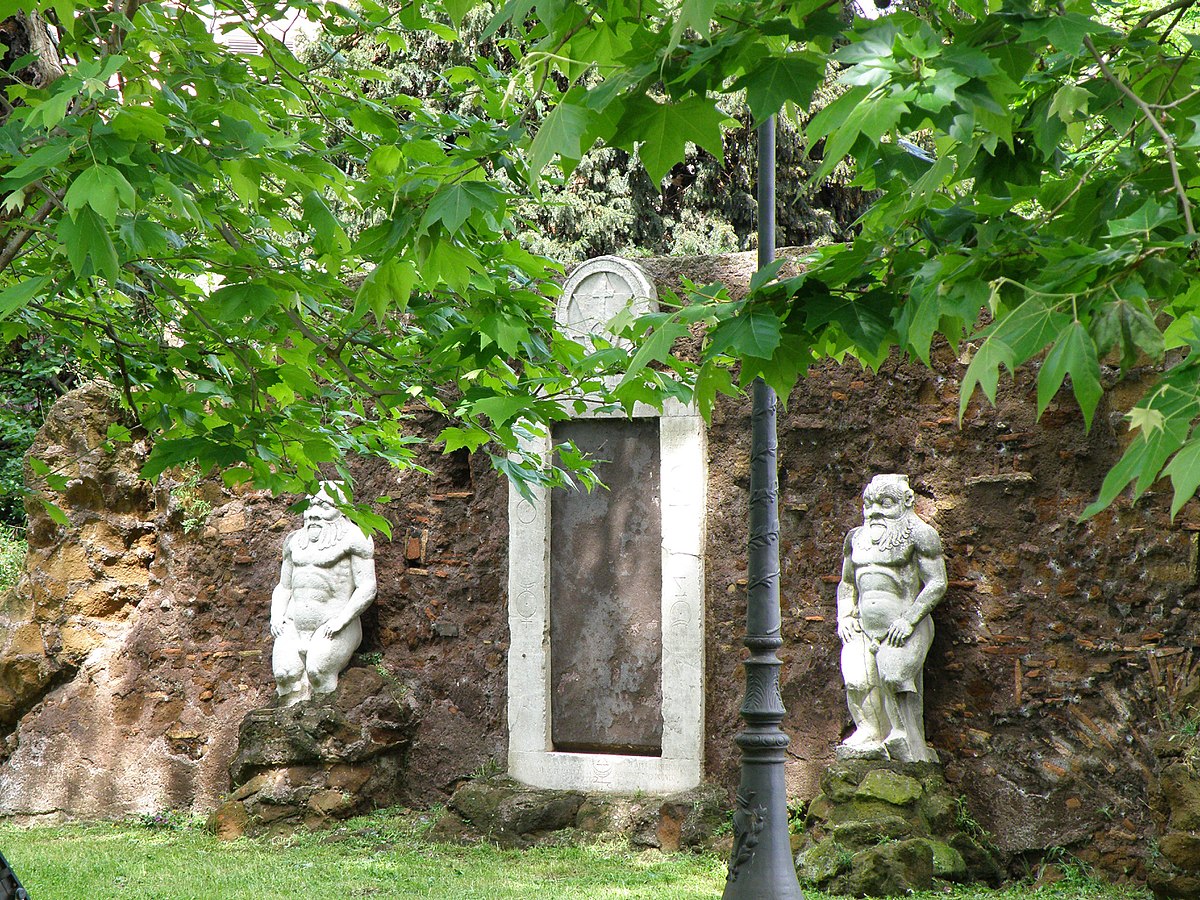Have you ever stopped at Piazza Vittorio Emanuele II known as by the name of Piazza Vittorio in the city of Rome? In this corner of Esquilino district, nestles a wonder, one of the most important alchemical testimonies in the world. Between suggestions and magic stands the Alchemical Door, the only survivor of the five doors of Villa Palombara.

Alchemical Door: symbol of Western alchemy
The Alchemical Door, also called Magic Door, Door of Heaven or Hermetic Door, it was built in the second half of the seventeenth century from Marquis of Pietraforte, Massimiliano Palombara, eccentric character and great lover of alchemy, esotericism and frequenter of the Roman court of the Queen Christina of Sweden. The Queen, in fact, was a great cultivator of these materials and had a revolutionary laboratory in which to experiment and which was managed by thealchemist Pietro Antonio Bandiera. In this magical atmosphere, the Marquis takes his first steps, actively participates in the activities of the Academy of Arcadia founded by Christina of Sweden and has a laboratory built in the basement of his villa on the Esquiline Hill.
The legend
La legend tells of a pilgrim who was hosted for one night at Villa Palombara. It is also said that the pilgrim's name was none other than that of thealchemist Francesco Giuseppe Borri. Man, looking for adark plant capable of producing gold, was seen disappearing through the Alchemical Gate. Also according to the legend, it is said that the alchemist left one behind paper full of puzzles and magical symbols attributable to the secret of the philosopher's stone and some specks of gold, symbol of a successful transmutation. The contents of the manuscript were engraved by the Marquis on the five doors, with the hope, one day, of being able to have it deciphered. According to some historical coincidences it has been hypothesized that the pilgrim's manuscript could actually be the Voynich manuscript, "the most mysterious book in the world".

The symbols and the mystery of the philosopher's stone
On the pediment of the Porta Alchemica there are two superimposed triangles and inscriptions in Latin. At the base is a word palindrome “Si Sedes Non Is”; if you sit you don't go and that on the contrary you can read how "Si Non Sedes Is"; if you don't sit, go. Also on the pediment of the Alchemical Door, a rather interesting representation catches the eye. The seal of David it is circumscribed in a circle with the upper tip engaged by a cross that connects to a whole circle. The lower tip, on the other hand, is occupied by a oculus, alchemical symbol representing the sun and gold. The frieze represents the symbol of the Rosicrucians and is reported in many volumes of the seventeenth century. The oculos, in particular, accompanied by the writing Novus Ordo Seclorum recalls the writing placed on the pediment: Aureum Seculum Redivivum.

Its pyramidal shape recalls the symbol used in American one-dollar bills and the figure used by the Bavarian Illuminati sect. THE alchemical symbols that adorn the jambs are a succession of planets in association with metals. To each of the planets is approached a motto of a hermetic nature from the bottom to the top right, and then goes from top to bottom left, according to the direction of the Hebrew motto Ruach Elohim. The Alchemical Door, represents a historical passage, the reversal of symbols linked to Christianity towards a new spiritual model that was developing during the seventeenth century.
What remains of Villa Palombara
At the end of the 1800s the Villa was demolished for the redevelopment of the district. The only part of Villa Palombara that was saved is the Alchemical Door, but the current position is not the original one. In fact, Villa Palombara stood between via Gregoriana, now Merulana, and the straight line of what was called via Felice. Disassembled and reassembled between 1873 and 1888, two statues were placed on the sides. The figures that still today seem to be guardians of the Alchemical Gate, were found near the Quirinal hill, where there was a temple dedicated to the two Egyptian gods Isis and Serapis. The two statues represent Bes, Egyptian deity, gods and protectors from the forces of evil and guardian of the house.





